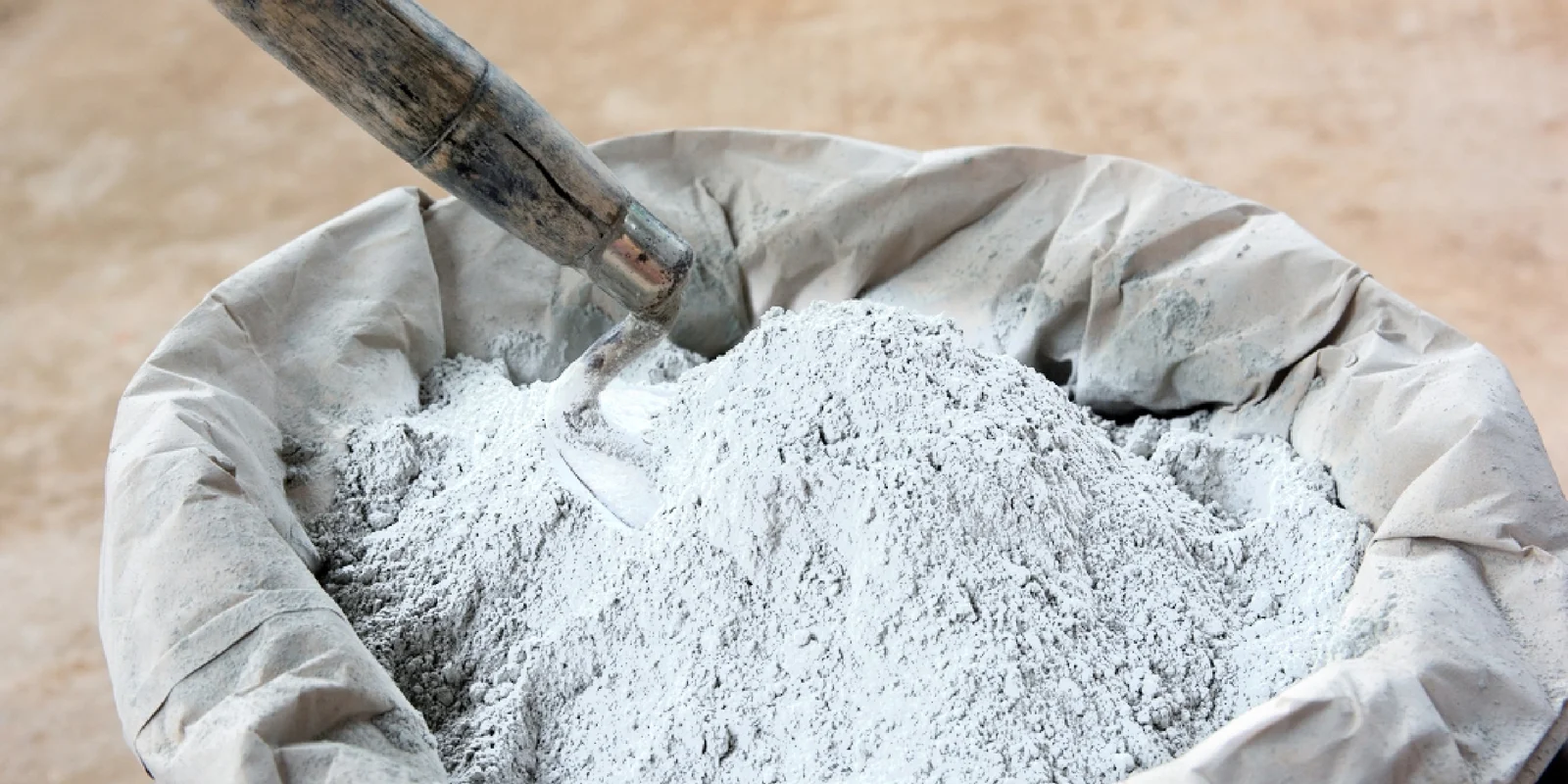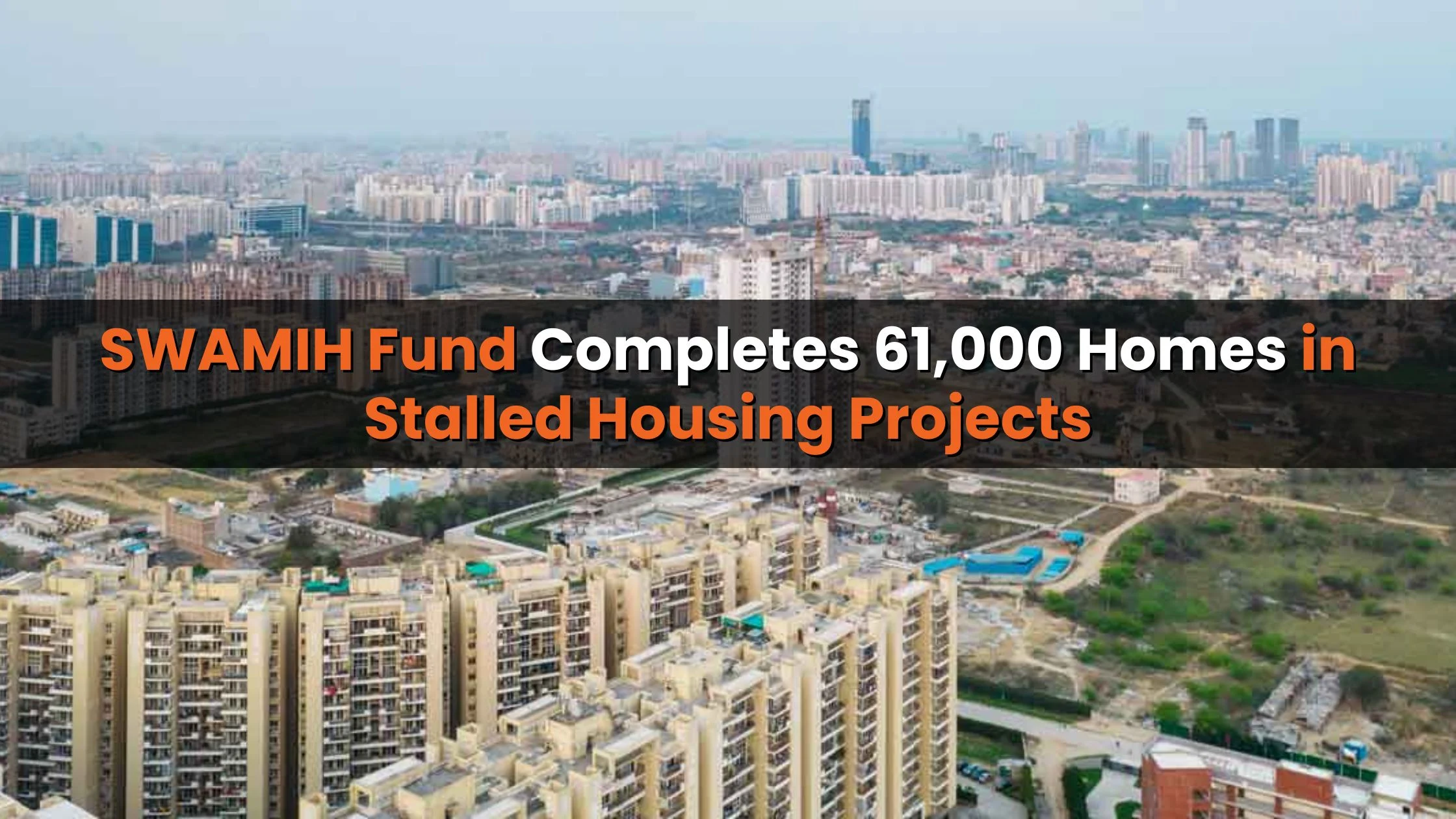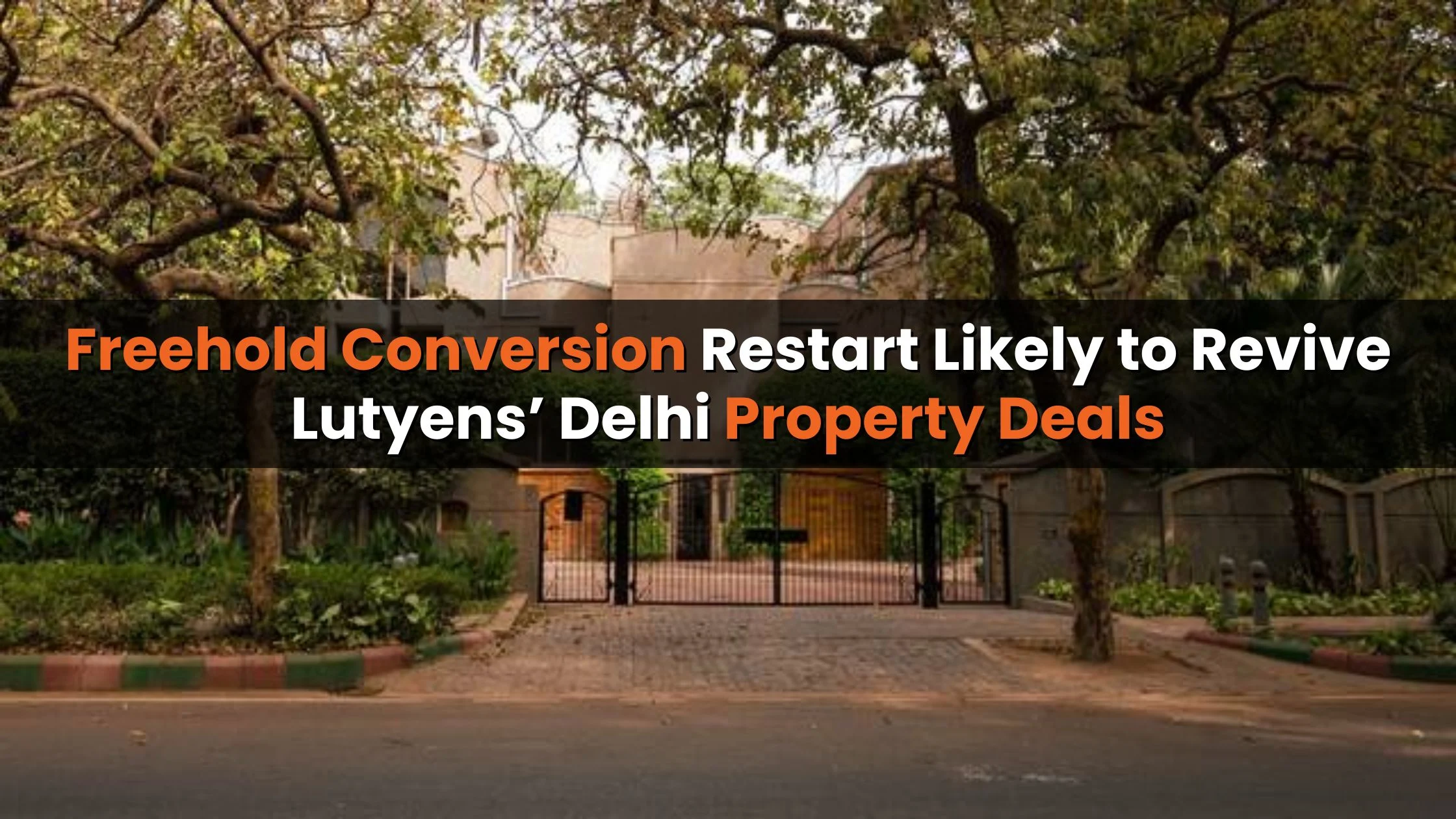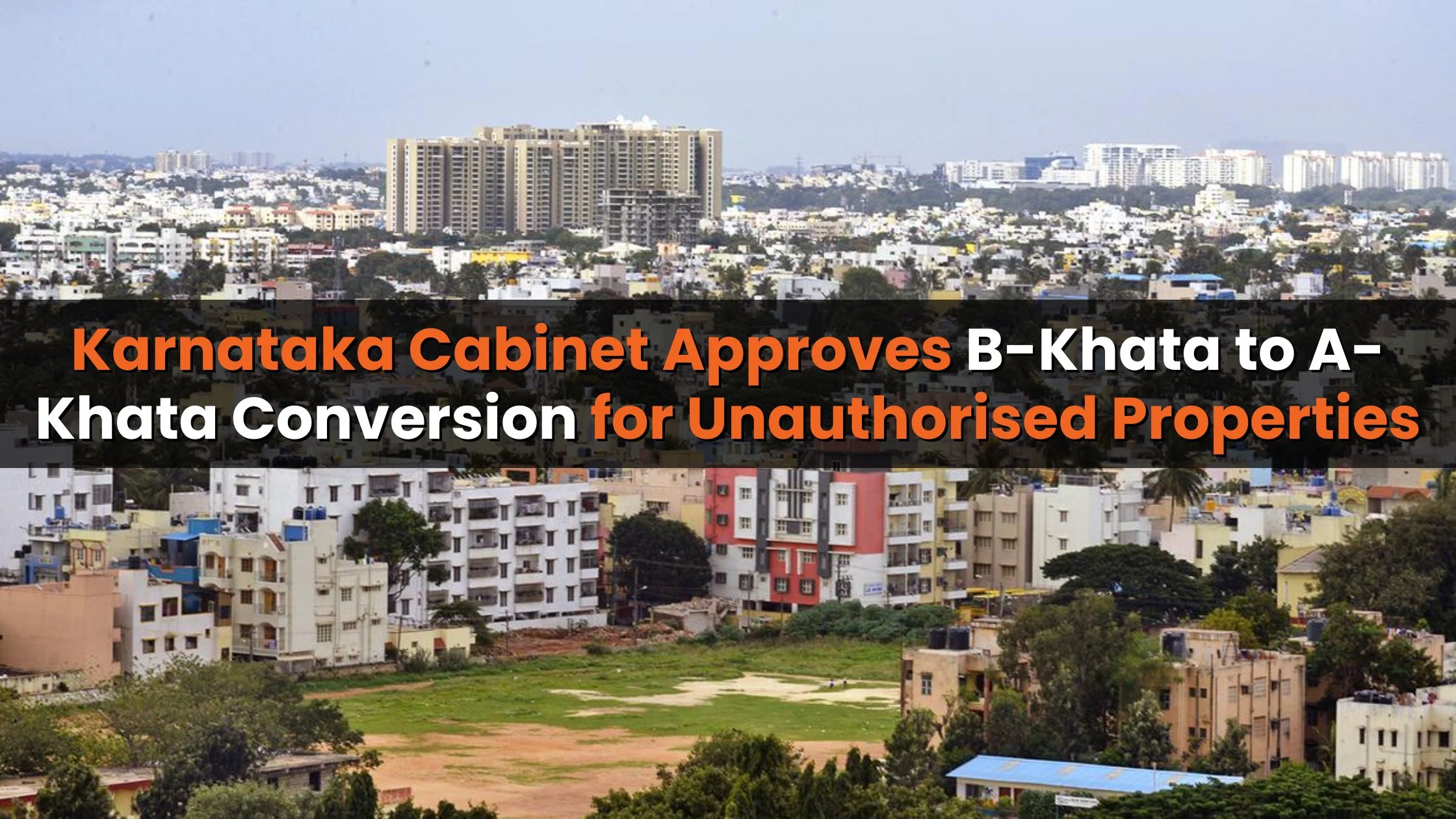Table of Content
- Why Brick Size Matters in Home Construction
- Standard Brick Size in India (According to BIS)
- Brick Size in Inches: Imperial System Explained
- Types of Bricks and Their Average Sizes
- Regional Variations in Brick Size
- Brick Size vs Concrete Block Dimensions
- Impact of Brick Size on Construction Parameters
- Final Thoughts
Building a home in a Tier 2 or Tier 3 city is more than just a financial milestone. For many of us, it represents years of planning, sacrifice, and a dream come true. I remember when I started planning my house in Kanpur. My biggest concern wasn't just arranging funds or finding the right contractor it was ensuring the quality of construction materials. Among the first things I learned was the importance of brick size.
You might think a brick is just a brick, but the reality is very different. The size, type, and material of a brick can significantly affect the strength, cost, and efficiency of your entire construction process. So, if you're about to start building your home, understanding brick size can help you make smarter, better-informed decisions.
Why Brick Size Matters in Home Construction
Brick size isn't just a technical detail for architects and masons. It affects nearly every construction parameter from cost estimation and structural stability to insulation and construction speed. In Tier 2 and Tier 3 cities, where hand-made bricks are still common, knowing the difference between standard and non-standard sizes helps avoid poor-quality materials.
Also Read: Choosing the Best Cement for Construction: Types and Usage
Standard Brick Size in India (According to BIS)
The Bureau of Indian Standards (BIS) recommends the following brick dimensions:
- Actual Size (without mortar): 190 mm x 90 mm x 90 mm
- Nominal Size (with 10 mm mortar): 200 mm x 100 mm x 100 mm
Modular bricks, which follow these measurements, are machine-made and ensure uniformity. They are ideal for new constructions because they help reduce wastage and improve cost estimation.
Brick Size in Inches: Imperial System Explained
Many local contractors, especially in smaller towns, still use the imperial system. If you hear brick sizes in inches, here’s what they mean:
- Actual Size: 7.48" x 3.54" x 3.54"
- Nominal Size: 8" x 4" x 4"
While it’s okay to work with this system, make sure your suppliers and masons are on the same page to avoid confusion.
Types of Bricks and Their Average Sizes
When constructing a house, especially in Tier 2 and Tier 3 cities, it’s important to understand the types of bricks available in the market and the average size of each. The type and size of brick you choose can significantly affect construction quality, cost, and timeline. Let’s take a detailed look at the most commonly used bricks and their typical dimensions.
1. Modular Clay Bricks
These are factory-made, machine-pressed bricks that follow the BIS (Bureau of Indian Standards) guidelines strictly.
Standard Size:
- Actual: 190 mm × 90 mm × 90 mm
- Nominal (with mortar): 200 mm × 100 mm × 100 mm
Where They’re Used:
Modular bricks are the go-to option in cities and emerging urban pockets. You’ll often find them used in newer housing colonies or standardized township projects.
Why Choose Them:
Since they’re uniform in size and shape, they ensure that wall alignments are consistent, reduce the amount of mortar needed, and make it easier to estimate construction costs and materials. If you’re working with a builder or contractor who values precision, this is usually the preferred choice.
2. Non-Modular (Traditional) Clay Bricks
These are handmade bricks and may not always follow standard dimensions. Variability is common.
Common Sizes:
230 mm × 110 mm × 70 mm or 230 mm × 110 mm × 30 mm
Where They’re Used:
You’ll typically find these in older constructions, especially in rural homes or small towns where traditional methods are still in practice.
Challenges:
These bricks may not be consistent in shape or size, leading to misalignment of walls, increased mortar use, and sometimes structural weaknesses. However, they are often cheaper and readily available in local markets.
3. Fly-Ash Bricks
Fly-ash bricks are a modern innovation in construction materials. They are made using the waste byproduct of coal-fired power plants, making them eco-friendly.
Size:
Around 230 mm × 110 mm × 75 mm
Where They’re Used:
Commonly used in urban residential and institutional buildings, especially where sustainable construction is a priority.
Benefits:
These bricks are lighter in weight than traditional clay bricks, making them easier to handle. They also offer good insulation and a clean, finished appearance, which helps in reducing plastering costs.
4. Concrete Blocks
Concrete blocks are larger in size and often used in commercial buildings or in regions that require thermal insulation.
Common Sizes:
400 mm × 200 mm × 200 mm or 400 mm × 200 mm × 100 mm
Where They’re Used:
Mostly in industrial projects or colder areas like Himachal Pradesh, Uttarakhand, or even high-rise apartments in southern and western parts of India.
Advantages:
Because of their large size, fewer blocks are needed, which speeds up the construction process. They also offer excellent sound and heat insulation and are preferred for exterior walls or load-bearing structures.
Regional Variations in Brick Size
Depending on where you're building, brick sizes can vary significantly. Here are some regional insights:
- North India: Bigger bricks (often hand-made) are common due to traditional practices.
- South India: Modular bricks and engineered blocks are widely used.
- East India: Red bricks dominate, influenced by colonial-era construction.
Always confirm with your local supplier about the actual brick size being used in your region.
Also Read: Understanding RERA Rules: Under-Construction vs Ready-to-Move-In Properties
Brick Size vs Concrete Block Dimensions
If you’re building in a hilly or colder region like Dehradun or Shimla, concrete blocks may be a better choice. They provide better insulation and speed up construction due to fewer joints. But if you're building a single-floor house in a hot region like Nagpur, clay bricks might still be the best option.
Impact of Brick Size on Construction Parameters
Here's how brick size impacts key aspects of your construction project:
- Mortar Consumption: Smaller bricks mean more joints and more mortar.
- Structural Stability: Standard-sized bricks give better load distribution.
- Construction Speed: Larger blocks reduce labor time.
- Insulation: Bigger or hollow bricks improve thermal and acoustic insulation.
Pro Tip
When I built my home, I insisted on using modular bricks even though they were slightly costlier. My contractor initially resisted but later admitted that the time and cost savings in mortar and labor made it worthwhile. My walls came out perfectly aligned, and I didn’t face issues like plaster cracks or seepage.
Final Thoughts
In Tier 2 and Tier 3 cities, you often rely more on the contractor's advice than on engineering drawings. But when it comes to brick size, a little knowledge goes a long way. Whether you’re building in Varanasi, Hubli, Indore, or Ranchi, knowing your brick dimensions can make all the difference in quality, cost, and durability.
So next time your contractor shows you a sample brick, measure it. Ask if it conforms to BIS standards. Discuss the type of bricks being used and compare their pros and cons. Because ultimately, the right brick size lays the foundation literally and figuratively for your dream home.
Follow AquireAcers Whatsapp Channel to Stay Updated With The Latest Real Estate News

_1753697808.webp)










Ans 1. Brick size directly affects the strength, cost, speed, and insulation quality of your construction. Choosing the right size helps ensure better alignment, lower mortar consumption, and long-term structural durability.
Ans 2. As per BIS (Bureau of Indian Standards), the standard actual size of a modular brick is 190 mm × 90 mm × 90 mm. When mortar is added, the nominal size becomes 200 mm × 100 mm × 100 mm.
Ans 3. In the imperial system, commonly used by contractors in small towns, the standard brick size translates to 8" × 4" × 4" (nominal), which is roughly equivalent to the BIS recommended size with mortar.
Ans 4. No, traditional hand-made bricks (non-modular) often vary in size, shape, and finish. They can be slightly larger or uneven, which leads to higher mortar use and misaligned walls compared to machine-made modular bricks.
Ans 5. Fly-ash bricks are made from the byproduct of coal plants. They’re lighter, eco-friendly, and offer better insulation. While red clay bricks are more traditional, fly-ash bricks are often preferred in modern urban housing for smoother finishes and energy efficiency.
Ans 6. Concrete blocks are larger and heavier than traditional bricks and are commonly used in commercial or high-rise buildings. They are ideal in colder regions or where thermal insulation and faster construction are priorities.
Ans 7. Using standard or larger bricks reduces the number of joints and thus lowers mortar and labor costs. Irregular or smaller bricks may appear cheaper but can increase overall expenses due to alignment issues and higher plastering needs.
Ans 8. Yes, regional variations exist. North India often uses larger hand-made bricks, while South and West India prefer modular and concrete blocks. Always verify with your local supplier or contractor what size is being used before you start building.
Ans 9. Absolutely. In hot climates, dense red clay bricks work well for thermal comfort. In cold or hilly areas, concrete or hollow blocks are preferred for better insulation. Choosing bricks suited to the local environment can improve energy efficiency.
Ans 10. I learned that sticking to modular bricks, despite the slightly higher cost, paid off in the long run. The walls were straighter, plastering was smoother, and my contractor admitted we saved time and labor a decision I don’t regret.